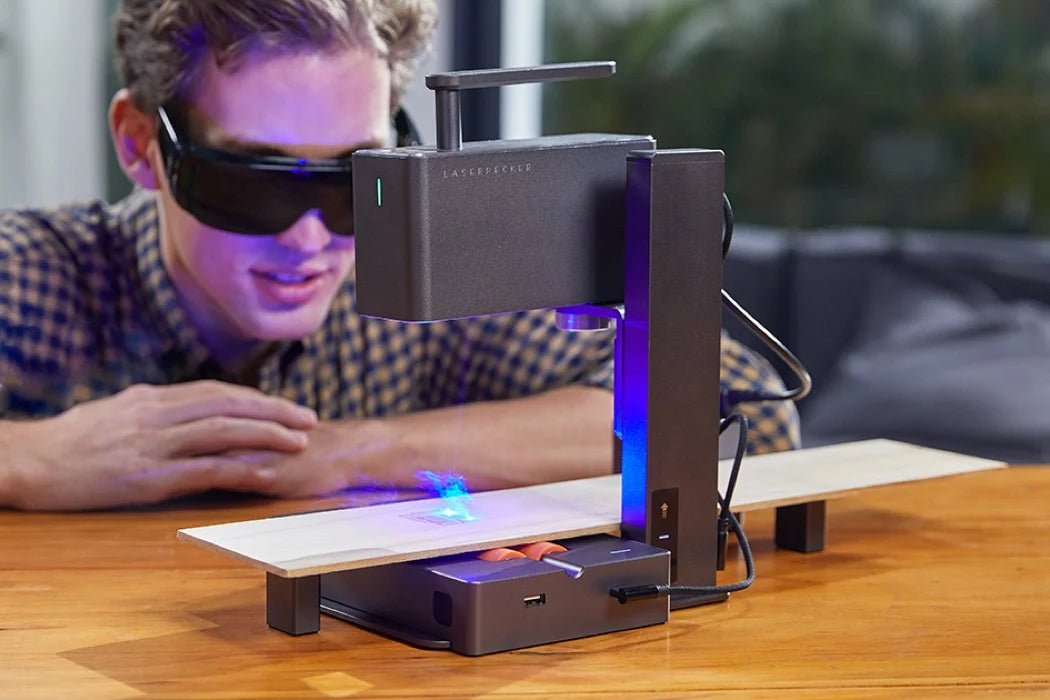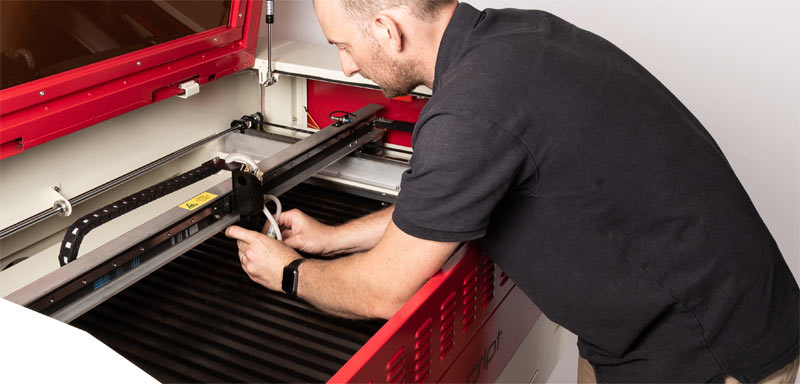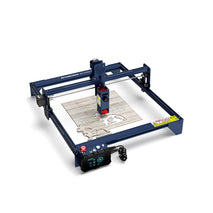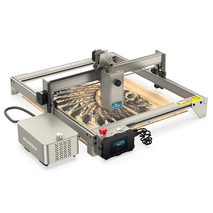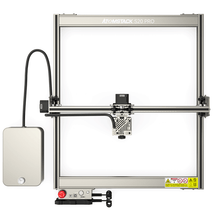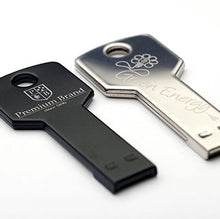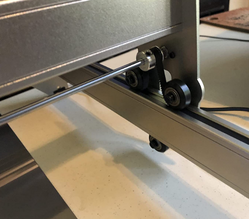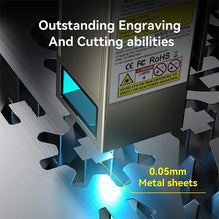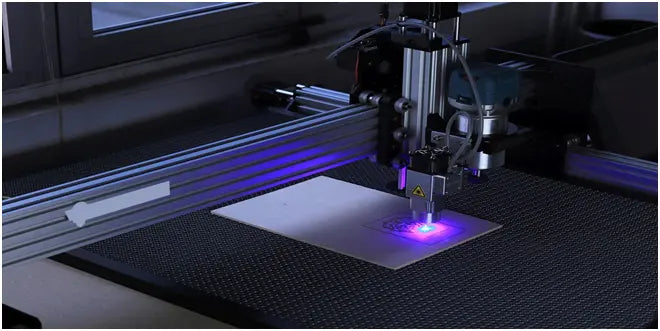
What Preparations Can Be Made Before The Arrival Of The Laser Engraving Machine
As a high-precision and high-efficiency cutting and processing equipment, Atomstack laser engraving machine has been widely used in various manufacturing fields in recent years. Buying a laser engraver is an important thing, but what do you need to do before it arrives? Below are some of the necessary preparatory measures I have summarized for your reference.
Determine Usage Needs And Budget
Before purchasing the Atomstack S20 Pro laser engraving machine, you need to determine your own needs and budget. For example, the material that needs to be scored, the form of scoring, etc. According to these requirements, you can choose a laser engraving machine that suits you, and at the same time make yourself able to afford the cost of equipment in this price range.
Select The Appropriate Equipment Model
Choose the laser engraving machine model that suits you according to your own needs. At the same time, you need to consider the quality and performance of the equipment, and you need to see the equipment parameters and functions clearly to ensure that it meets your work needs. In addition, it is necessary to pay attention to purchasing a device with a good brand reputation, which can avoid problems in subsequent use.
When Choosing Equipment, You Need To Focus On The Following Aspects:
1. The brand and quality of the equipment: Choosing equipment of a well-known brand can guarantee their quality and after-sales service quality.
2. The power of the equipment: It is necessary to select the equipment with the corresponding power according to the demand. Generally, laser engraving machines below 20W are suitable for engraving soft materials such as wood and leather; Atomstack S30 Pro laser engraving machines above 30W can engrave hard materials such as metal and stone.
3. The processing range of the equipment: the maximum size that the equipment can process. You need to choose the appropriate size according to your needs.
4. The processing speed of the equipment: the processing speed of different equipment is different, you need to choose according to your own needs.
Site Preparation
The use of laser engraving machines requires special venues and power facilities. First of all, you need to prepare a flat place to place the laser engraving machine, and you need to plan the space around the equipment. At the same time, it is also necessary to ensure that the site is ventilated and bright to avoid potential safety hazards during use.
1. Site ventilation: The laser engraving machine will generate a lot of heat and exhaust gas when it is working. If it is not discharged in time, it will affect the working effect and life of the equipment. Therefore, it is necessary to ensure that the site is well ventilated.
2. Sufficient space: The laser engraving machine needs a certain space for activities, and it is necessary to ensure that there is enough space around the equipment for the equipment to use.
3. Ground environment: The equipment needs to be placed on a flat ground. Consider laying rubber mats or other anti-shock and non-slip materials on the ground to avoid shaking of the equipment during use.
4. Preparation of electric facilities
The LaserPecker 3 laser engraving machine needs to consume a lot of power, so the power supply needs to be ready. First of all, you need to consider whether the voltage and frequency match the laser engraving machine. At the same time, you also need to have enough sockets to ensure sufficient power supply when the equipment is working.
When Setting Up The Power Supply, You Need To Pay Attention To The Following Aspects:
1. Stable power supply: The laser engraving machine needs a stable power supply to work normally, so it is necessary to set up a special power socket near the equipment to ensure the stability of the power supply.
2. Ground wire connection: It is necessary to connect the device to the ground wire to avoid potential safety hazards such as electric leakage when the device is in use.
3. Leakage protector: It is recommended to install a leakage protector near the equipment to ensure the safety of equipment and users.
Protective Measures
Laser engraver is a kind of strong light source equipment, which will cause great damage to human eyes. Therefore, it is necessary to have special work clothes, glasses and gloves for laser irradiation. UV radiation.
1. Eye protection: Professional laser protective glasses must be worn when using the laser engraving machine to prevent the laser from causing damage to the eyes. At the same time, it is necessary to ensure that no other personnel are present in the working area to avoid accidental injury.
2. Skin protection: Laser protective gloves and clothing should be worn to avoid skin damage caused by laser radiation.
3. Ultraviolet filter: When the equipment is working, it will generate a lot of ultraviolet rays. It is necessary to install a professional ultraviolet filter in the working area to avoid the harm caused by ultraviolet rays to the human body.
Material Preparation
The laser engraving machine can engrave a wide variety of materials. Before purchasing the equipment, it is necessary to know the types of materials it can process in advance, and then prepare the corresponding materials according to the different characteristics of the materials.
1. Different types of materials require different processing methods and parameters, so it is necessary to know in advance the types of materials that the equipment can process and the corresponding processing methods.
2. For different materials, it is also necessary to choose different marking tools and marking heads in order to better complete the marking task.
Equipment Commissioning And Maintenance
When the Ortur Laser Master 3 laser engraving machine arrives, it needs to be debugged and maintained. This includes installation, commissioning and routine maintenance of equipment.
1. Installation and debugging: It is necessary to install and debug the equipment according to the operation steps in the equipment manual to ensure that all parameters of the equipment meet the requirements and can work normally.
2. Routine maintenance: Regular maintenance of the equipment is required, such as cleaning the lens, changing the irradiation position of the spot, adjusting the optical path, etc. This can ensure long-term stable operation of the equipment.
3. Maintenance: When the equipment breaks down, it needs to be checked and maintained in time. When a fault occurs, it is best to find a professional technical engineer for inspection and maintenance.
